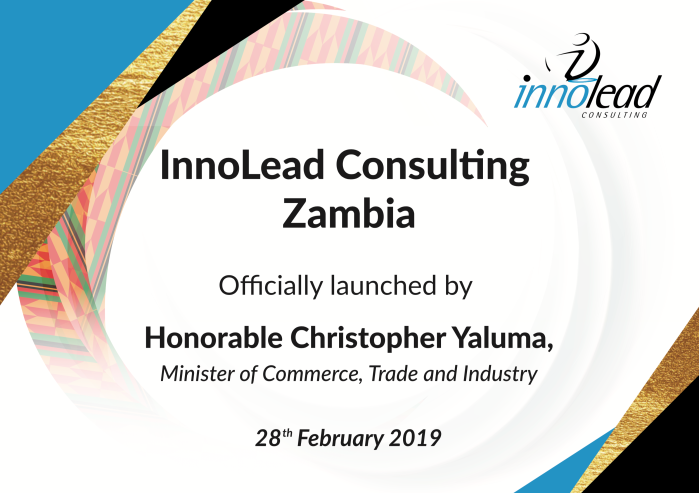
The growing economies of the world offer an ever-expanding choice of great deals. These shifting growth patterns and digitisation are reshaping the way of doing work across all industries. The turbulence that this brings to the job of HR is much more exciting than ever before. If an HR strategy fails to embed digitisation in today’s workplace, then the company is on its way towards its demise.
It is unfortunate that every time one mentions going digital, the immediate thought that locks a lot of heads is “job loss loading…” The reality is actually “better and exciting jobs loading…” in fact, this technological change is bringing opportunities to create more rewarding jobs and better career pathways and HR is going to play a very big role in seeing this through.
Every boardroom around the world has been on a ubiquitous move to go digital and it is the people function represented by HR partners’ responsibility to realign or redesign their human capital strategies to capitalise on the modern way of work and making sure that the people appreciate the importance of digital technologies as an enhancer of human capital outputs.
Billions of dollars have been invested in digitisation projects but have failed as a result of resistance by the human capital who were under fear of job loss. It must be made clear that, without the human input, the digitisation strategies will never be successful. This, therefore, means humans should be adequately prepared to drive this move with great comfort of knowing that they are the fundamental determining factors on whether this will succeed or not.
HR can, therefore, make sure that they are at the forefront of running this wave of change within the organisation by adopting the following;
- Develop HR strategies that align with the overall corporate strategy to go digital
As executives determine or scope out the digital direction of the organisation, HR has to then define how they are going to drive the digital objective through people. It is important to define specifically what the digital objective means to the overall HR function and how the plan will impact the bottom line of the organisation in the long term. The deliberate long-term plans for the HR function have to align with what the organisation endeavours to achieve and should be SMART in nature.
- Attract market-relevant talent to drive the organization’s digitised future
It is without a doubt that organisations will need to be deliberate with their recruitment of new talent. The Digitisation strategies put in place will require a totally new skill set which may not be available within the current pool of talent. As the way of work evolves, HR will need to recruit talent which will also add flavour to the existing regime by being the change agents towards the digitisation objective. Some of the skills which are not readily available in a lot of organisations but are key in driving the digitisation agenda are Big Data Analytics, Project Management, Programming, Understanding of Scrum and other agile methods.
- Upgrading the current employees to match the new demand
The lifelong learning culture will need to be embedded in the existing staff. “Learn, unlearn, learn” should be the new order of things within the organisations. Skills upgrading to match the skills demand for the digitised organisation will have to be implemented by the HR function in order to keep up and reduce redundancy. It is clear that with the digitisation objective set by executives, a heavy training budget needs to be put in place to support the endeavours. The Internet has made life easy for a lot of organizations as free online courses and some at a minimal fee are widely available. However, specialized courses will have to be acquired at a good fee that’s worth the return.
- Providing platforms that encourage innovative thinking such as agile teams and cross-functional teams
Collaborations geared towards breaking silos will have to be structured in the new way of work in order to diffuse the new digitisation culture. This will also help with skills transfer amongst cross-functional teams. It has been proven that cross-functional teams are one of the catalysts to innovation thinking within organisations. This, therefore, requires HR to push for the agenda in all possible areas within the organisation. Imagine what a seamless mobile platform that breaks the topographical barrier can do for expanding enterprises, this can open doors to the global workspace and talent which may not be readily available within the base of operation. Agile delivery also goes a long way in driving digital agendas. For those organisations that are already in the forefront with the adoption of these new ways of work, a significant return has already been pronounced as a result.
- Empower employees to use digital platforms to improve customer experience and make sure the impact is measured and rewarded appropriately as a motivator for employees to do it more
Everybody wants to know what is in it for them, that goes from the investors through to the employees themselves. While the digitisation agenda is meant to enhance productivity, which has a trickle-down effect on the bottom line, the people should also feel the need to be part of the processes by being rewarded appropriately. HR needs to make sure that there are enhanced rewarding systems in place as motivators for the employees to jump onto the digitisation bandwagon quicker than they normally would. This digitisation wave needs to give employees an overwhelming experience of excitement to want to pursue it more. Once that is achieved, there should be a notable positive shift in customer experience as more and more customers are resorting to digital services to break the geographical placement barrier.
Given the discussion above, should HR still be on the planning phase for the coming digital revolution? I think it’s time for execution as we are already in the middle of what used to be termed as the future world of work. Those in the forefront have already recognised digitisation as an opportunity to drive competitiveness and therefore HR should also be ahead as a critical stakeholder to embrace this transformation.
Ishmael Thaga is the Country Manager at InnoLead Consulting Zambia offering Management Consultancy and Corporate Training Solutions. He can be contacted on +260 211 251 034





